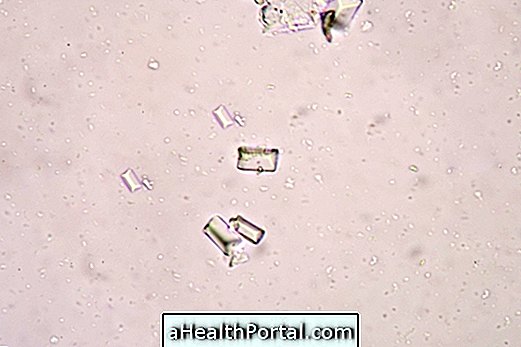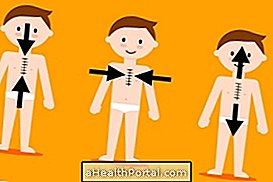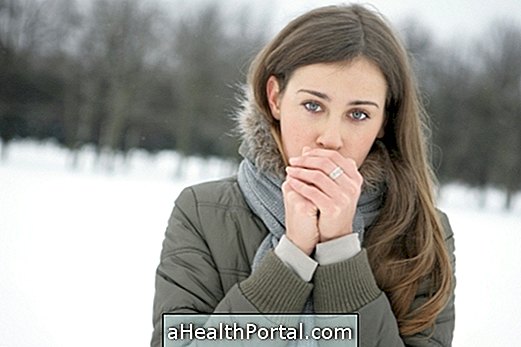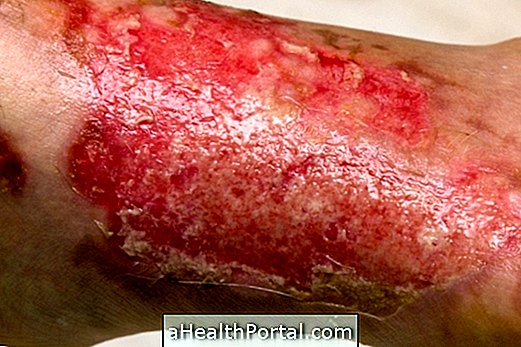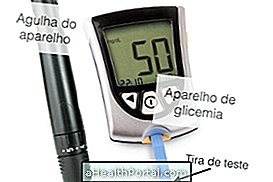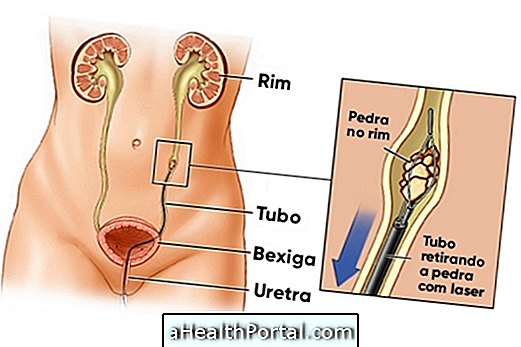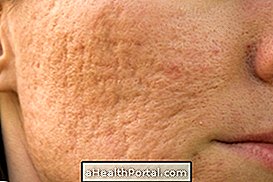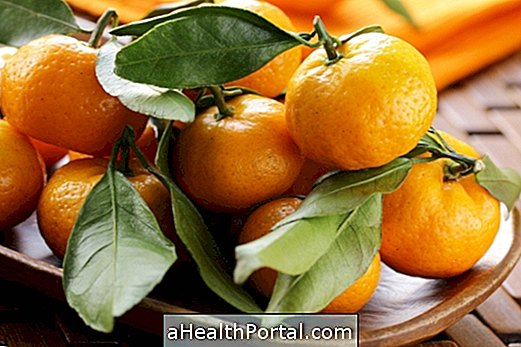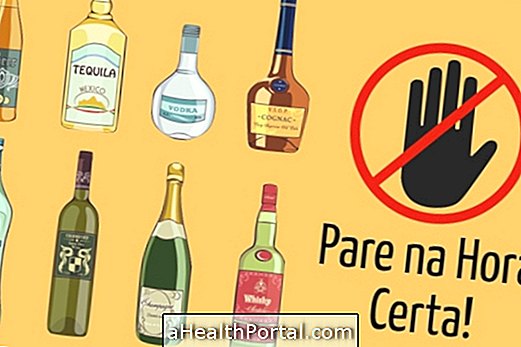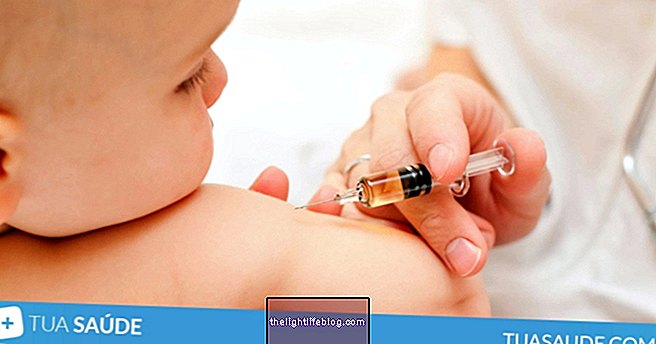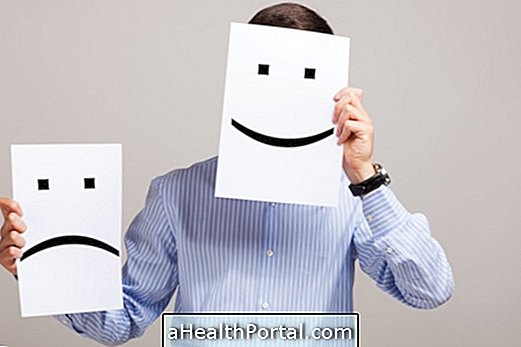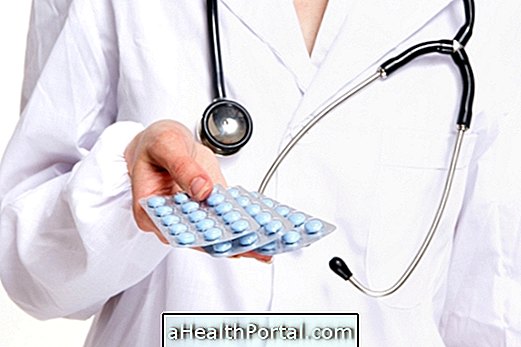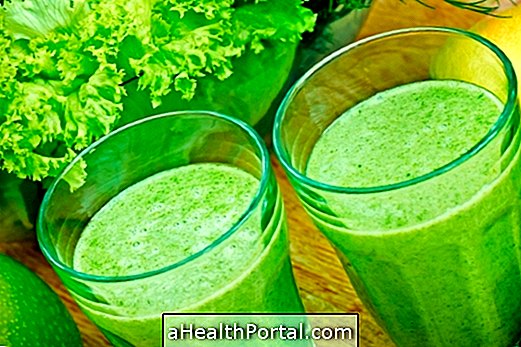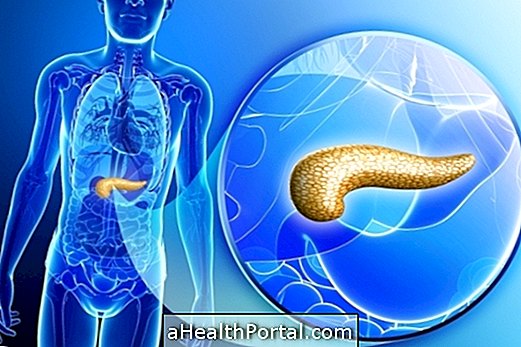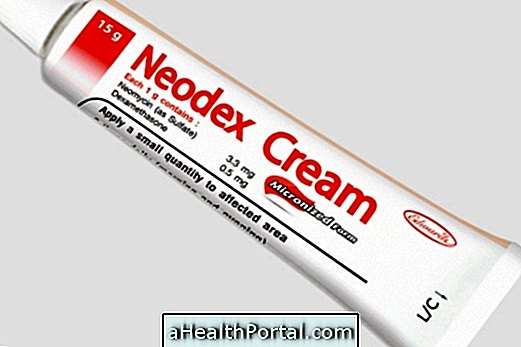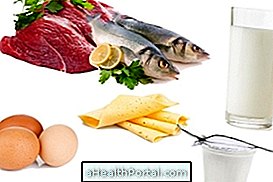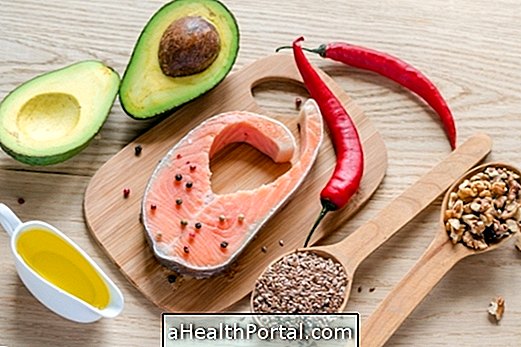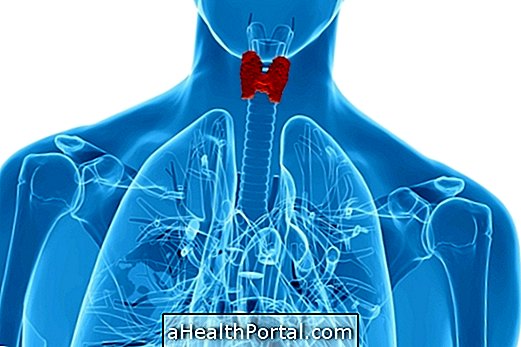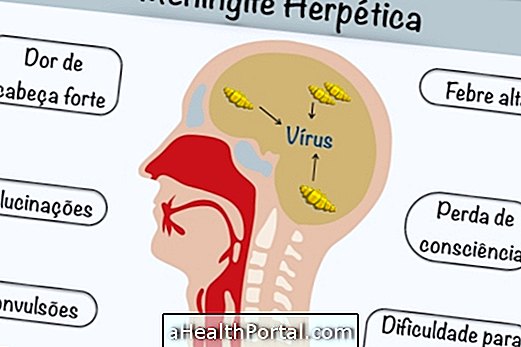Diverticulosis, also known as diverticular disease of the colon, occurs when small folds or sacs are formed in the wall of the intestine, due to their weakening, which comes with aging and a diet low in fiber.
The main way to treat this condition and avoid the inflammation of the diverticula, giving rise to a diverticulitis, is to increase the amount of water and fibers in the diet, betting on foods that improve intestinal transit and decrease intestinal inflammation, such as:
- Laxative fruits such as papaya, orange with bagasse, plum, acerola, banana-nanica, peach, pineapple, kiwi, mango, fig and persimmon;
- Vegetables and vegetables because they are rich in fiber;
- Fibers and seeds, giving preference to whole grains.
The diet should include about 30 g of fiber, daily. If it is not possible, there are fiber-rich supplements, such as Metamucil or Citrucel, for example, which may be useful.
The use of medicines, such as hyoscine, dipyrone and acetaminophen, for example, is indicated by the doctor for cases of cramps and abdominal pain, which may occur in some cases. The use of laxatives, such as Lactulose and Bisacodil, can be used for cases of constipation that do not improve with feeding regulation.

Natural Treatment Options
Natural treatment for diverticulosis helps supplement nutritional treatment and involves the consumption of nutrient-rich probiotic or prebiotic foods in natural yoghurt, onion, garlic, tomato, apple and banana, or in supplement contribute to increase the good bacteria of the intestine, regenerate the intestinal flora and ensure the proper functioning of the intestine.
In addition, this disease appears to be increased in people who smoke, and who consume red meat and fat in excess, and it is recommended to avoid these habits.
Check out some tips and recipes from our nutritionist to regulate the gut:

When to Use Remedies for Diverticulosis
The use of medications to treat diverticulosis is indicated by the gastroenterologist, and is only necessary when there are pains in the abdomen, such as intestinal cramps. In such cases, hyoscine or butylscopolamine may be used, for example, which decrease intestinal colic and relieve symptoms.
In addition, in the case of severe constipation, which does not improve with a high fiber diet, the use of laxatives such as Lactulose, Magnesium Hydroxide and Bisacodyl, for example, prescribed by the physician may be indicated.
Other types of treatments, such as antibiotics or fasting, are only needed when diverticulosis becomes a diverticulitis, in which there is inflammation and infection of the intestine, and causes symptoms such as severe abdominal pain, fever and vomiting. Understand better what diverticulitis is and how to treat it.
When to have surgery
Surgery is not usually used as a treatment for diverticulosis. It is indicated when there is bleeding, when there are repeated or severe attacks of diverticulitis, accompanied by complications such as abscess, fistula, obstruction or perforation of the intestine, for example.
In these cases, it may be necessary to remove the part of the intestine with inflammation, reworking the intestinal transit. Understand better in which cases surgery is necessary.
